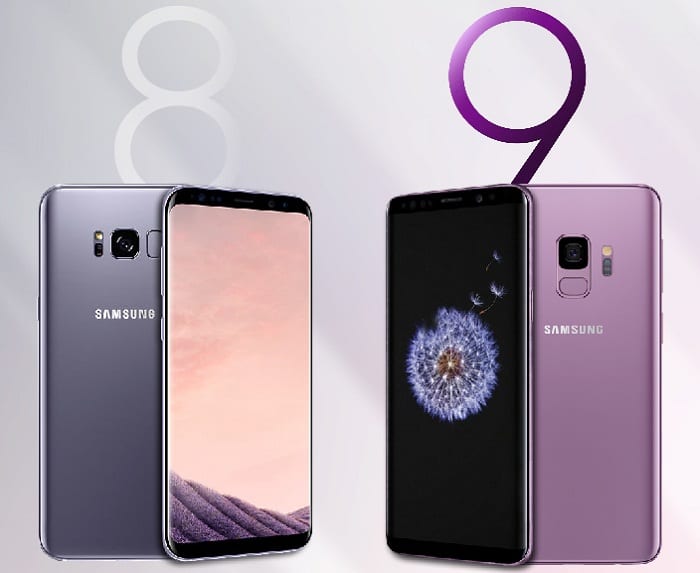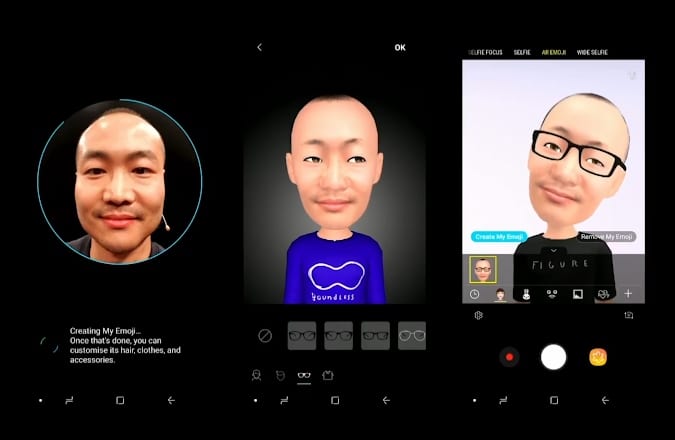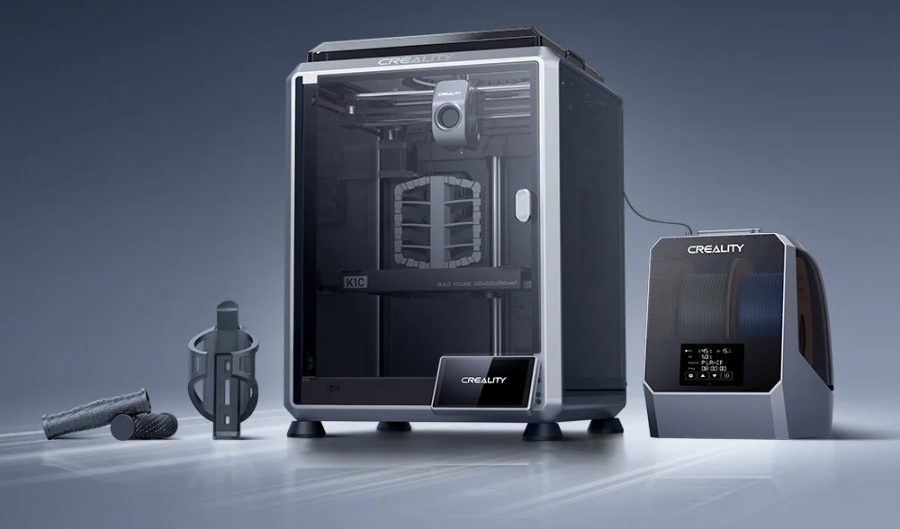Samsung unveiled its latest flagships, the Samsung Galaxy S9 and S9+ last Sunday. The new devices introduce an array of exciting features to the Galaxy series, especially with the camera. The S9 and S9+ run on the new Qualcomm Snapdragon 845 processors (Samsung Exynos 9 Octa 9810 in some regions), upgraded from the Snapdragon 835 (or Samsung Exynos 9 Octa 8895) in S8 and S8+. No doubt the Galaxy S8 is an excellent phone itself. Samsung has now tweaked and fine-tuned this already excellent phone by improving the camera and adding a few extras. But is it worth upgrading to the latest Samsung flagship? Go through the detailed comparison below and find it out by yourself.
Design and Display
Samsung revolutionised the way a phone looks with the fabulous Galaxy S8 design last year. Minimised bezel, with metal and glass becoming the materials of choice, represented a huge step forward in industrial design. The Galaxy S8 received such a makeover in design that it was always likely that the devices to follow the flagship would look very much alike. That’s indeed the case with the new Galaxy S9, which looks pretty much identical to its predecessor.
Only noticeable change in the new phone is the re-positioned fingerprint sensor, arguably the only flaw in the S8 design. Samsung claims it has further reduced the size of the bezels at the top as well as bottom. One more change is the addition of a front-firing speaker in the earpiece at the top.
Both the new and the old Samsung Flagships feature similar screens and battery. The smaller phones (S8 and S9) feature a 5.8″ QHD+ Curved Super AMOLED 18.5:9 display, and a 3000mAh battery. The larger models (S8+ and S9+) has a 6.2-inch QHD+ Curved Super AMOLED 18.5:9 display, and a 3500mAh battery.

Processors, RAM and Internal Storage
The new Samsung flagships are powered by the latest available Qualcomm Snapdragon 845 or Samsung Exynos 9 Octa 9810 processors. The new Octa-Core processors has four cores clocking at 2.8GHz (2.7GHz in case of Samsung Exynos) and four cores at 1.7GHz. Newer and better processors mean faster download speeds, superior CPU and GPU performance along with better efficiency. RAM size on the S9 remains as on the S8, at 4GB, whereas the S9+ gets 6GB of RAM (4GB in S8+).
Internal storage remains at 64GB, although there will now be 128GB and 256GB options for the S9 and S9+. The memory can be further expanded with a microSD, up to 400GB, up from 256GB in S8 and S8+.
Camera
Samsung has widely galvanised camera improvements in the new flagships’ promotional videos and ads. Samsung has introduced a new Dual Aperture feature, f/1.5 and f/2.4, for low light and daylight performance. The Dual Aperture lens automatically switches between various lighting conditions to take enhanced photos in daylight as well as low light. Samsung claims the new phones can capture 28 percent more light compared to the Galaxy S8 and S8+. The new phones also support super slow-motion videos at 960 frames per second. Users can add music to their super-slow motion videos, turn them into a GIF and share with friends. There’s also a new multi-frame noise reduction feature, that results in up to 30 percent less noise compared to the previous flagships.
The Galaxy S9+ has a dual 12MP + 12MP rear camera setup with dual OIS. The primary 12MP wide-angle sensor has f/1.5 and f/2.4 aperture while the secondary 12MP telephoto lens comes with f/2.4 aperture. The smartphone is capable of taking ‘Bokeh’ style photos as well. Samsung Galaxy S9 has a single 12MP rear camera and ‘Bokeh’ mode is not supported. The front camera on both the phones is 8MP, similar to the S8 and S8+.
New Features
The Samsung Galaxy S9 and S9+ come with two major new features integrated with the camera, namely AR Emoji and Bixby Vision. AR Emoji is a feature that scans your face to create a personalized emoji that look like a cartoon version of you. You can share these emojis with your friends, irrespective of the phone they are using.
With Bixby Vision, your Galaxy S9 will now offer live translation between more than 50 languages, directly from the camera. It also gives camera the ability to recognise the buildings and other places in a frame. Furthermore, the AI feature can figure out the amount of calories in the food item in your camera-frame.

Miscellaneous Comparison: Samsung Galaxy S8 vs S9 vs S8+ vs S9+
All of the four devices are IP68 rated for dust and water resistance. They all come with iris scan, fingerprint sensor and face recognition features for biometrics authentication. The newer duo also has an “intelligent scan” feature, which combines the facial and iris recognition together as a single authentication feature.
The new Galaxy S9 and S9+ also feature dual speakers, one downwards firing speaker, and the earpiece doubling up as the other channel. Samsung claims the setup results in sound that’s 1.4 times louder than the Galaxy S8 and S8+. The newer phones also support the new Dex Pad, along with the one released earlier with the Samsung Galaxy S8.
See Also: Turn your Samsung Galaxy S9 into a touchpad PC with the new DeX Pad
As far as prices are concerned, Samsung Galaxy S9 will cost $719.99, whereas the Galaxy S9+ costs $839.99. Meanwhile, the Galaxy S8 currently cost $724.99 and the S8+ has a price tag of $750.
All in all, the newer Samsung Galaxy S9 and S9+ are definitely the better choices if you’re to compare with the S8 and S8+. But if you already own either S8 or S8+, there are only a handful of reasons why you should upgrade to S9 or S9+, and possibly that might not be enough to warrant you splashing out on a new device.





















